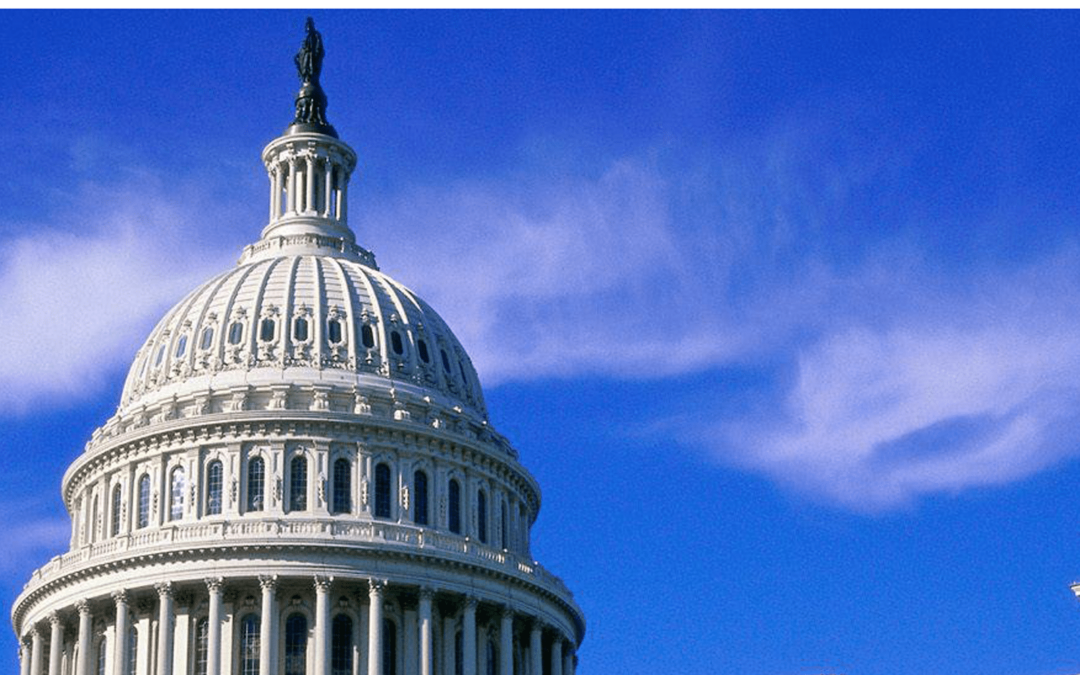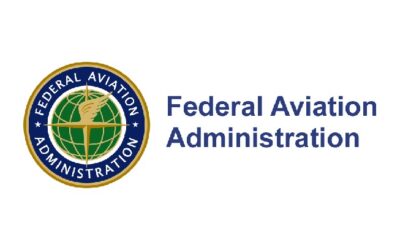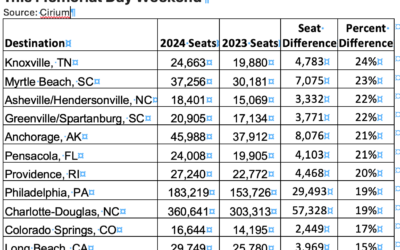Congressional transportation leaders have reached a deal on a new, four-year Federal Aviation Administration reauthorization bill. With this new agreement, there is cautious optimism that a final version will be signed into law ahead of the May 10 deadline.
In a joint statement, Senate Commerce, Science and Transportation Committee Chair Maria Cantwell (D-Wash.) and Ranking Member Ted Cruz (R-Texas), and House Transportation and Infrastructure Committee Chair Sam Graves (R-Mo.) and Ranking Member Rick Larsen (D-Wash.) released announced a final bipartisan, bicameral bill to reauthorize the FAA.
“Now more than ever, the FAA needs strong and decisive direction from Congress to ensure America’s aviation system maintains its gold standard, and we have reached a bipartisan, bicameral, comprehensive agreement to do just that,” the legislators said in the joint statement. “The American people deserve nothing less than the safest and most efficient aerospace system in the world, and to that end, our bill provides critical safety enhancements, grows America’s aviation workforce, invests in infrastructure at airports of all sizes, sets clear priorities for advancing innovative aviation solutions, improves the flying public’s travel experience, and ensures a healthy general aviation sector for years to come.
“The FAA Reauthorization Act of 2024 is the culmination of months of work between House and Senate committee leaders, and we look forward to moving this agreement through both chambers as expeditiously as possible,” the statement added.
According to Airports Council International – North America, on Wednesday the Senate is expected to vote on moving to the House-passed FAA bill (H.R. 3935), which will be used as the legislative vehicle for the compromise agreement. After the Senate passes the amended version of the bill, it will need to go back to the House for its consideration before making its way to the White House to be signed into law.
There are several provisions in the bill that are viewed as positives by the airport industry. On the funding side, the proposal makes several changes to the Airport Improvement Program (AIP), setting the highest AIP authorization level ever at $4 billion annually, according to ACI-NA. Additionally, it replaces the current $100 million annual authorization for AIP supplemental funding with a new $200 million per year authorized program to fund airport resilience and runway safety projects. The bill changes AIP funding formulas by increasing apportionment allocations for smaller airports and cargo airports, reducing the AIP/PFC turnback for large and medium hubs from 75 percent to 60 percent, and allowing airports to use 2018 or 2019 enplanement figures for AIP allocations in 2024. It also authorizes the FAA to approve AIP grants for projects that use innovative financing techniques and expands an existing alternative project delivery program to allow for the FAA to approve AIP funds for use in such projects.
While the new bill doesn’t address an increase to the cap on Passenger Facilities Charges – a key, long-term lobbying effort by the airport industry – it does allow for a streamlined authorization process into the PFC program, permitting more airports to participate and allowing participating airports to forego an application submittal to the FAA.
Beyond funding issues, the compromise measure does not include a Senate provision that would have required TSA and/or airports to provide special security escorts for federal officials, their family, and their staff, according to ACI-NA. The measure also revises current airport land-use policy by not requiring airports to seek FAA approval for projects on non-federal, non-aeronautical land and limiting FAA reviews of mixed-use projects only to those parcels with a federal and aeronautical interest.
Finally, the latest version would also authorize $350 million to help airports transition to fluorine-free firefighting foams, and it also establishes a new Runway Safety Council at FAA.






